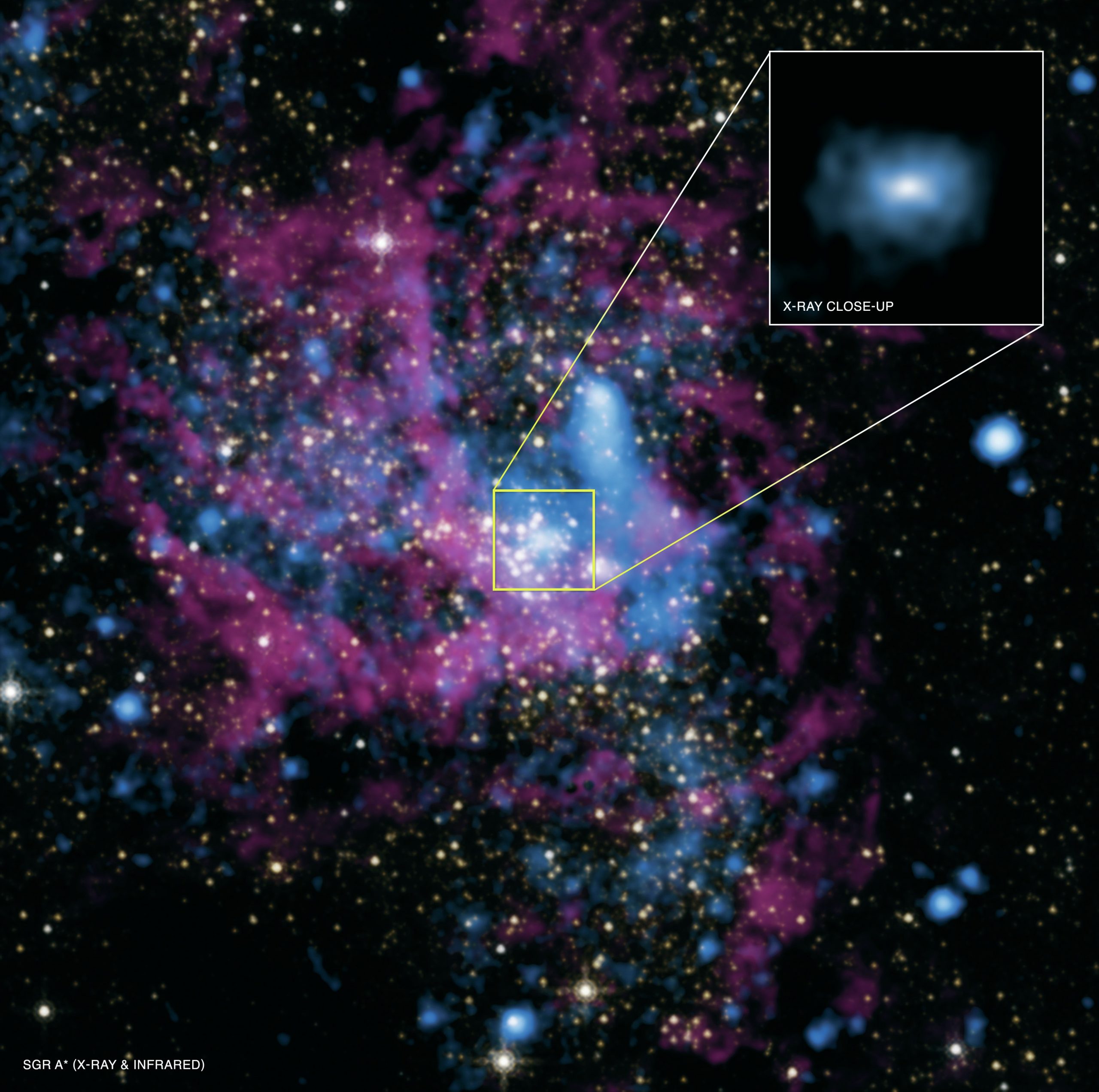
In 1931 Karl Jansky (1905–50) discovered radio emission coming from the direction of the constellation Sagittarius. He was a radio engineer working for Bell Telephone Laboratories in the USA and had designed and built a rotating antenna system (Figure 1) to investigate the ‘static’ (random crackling and hissing) that interfered with radio communication. His discovery marked the beginning of radio astronomy — the first branch of astronomy to use radiation outside the visible spectrum.
The strong radio source that Jansky discovered, known as Sagittarius A, lies in the centre of the Milky Way galaxy. Its radiation over a wide range of wavelengths, from radio to X-ray, has been mapped and analysed in great detail (Figure 2). The radiation provides strong evidence for a supermassive black hole, about 4 million times the mass of the Sun, at the centre of our galaxy — about 26 million light years from Earth.
Your organisation does not have access to this article.
Sign up today to give your students the edge they need to achieve their best grades with subject expertise
Subscribe




